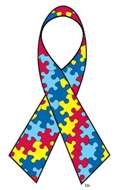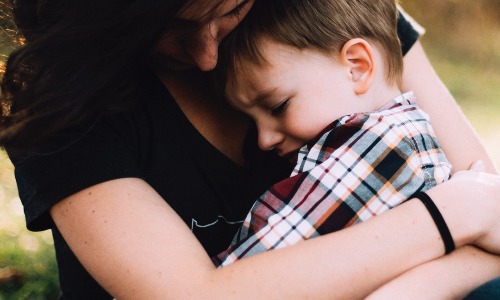There are many misconceptions surrounding autism and the people affected by it, and it can be difficult to know the best ways to show your support and to help raise awareness. Those who are on the autism spectrum or who have children on the spectrum often express that the hype around autism awareness does not accurately portray the difficulty that autism causes in their everyday lives. We believe it is important to listen to those who are affected by autism and to take this into consideration when we set out to help spread awareness.
In honor of World Autism Month, we have put together some information regarding autism and how you can get involved.
What is Autism Awareness?
Nearly twenty-five years ago, the Autism Society launched a nationwide effort to promote autism awareness, inclusion, and self-determination for all, and to assure that everyone with Autism Spectrum Disorder (ASD) is provided the opportunity to achieve the highest possible quality of life.
April 2nd of each year is internationally recognized as World Autism Awareness Day, and was designated by the United Nations General Assembly. Member States of the United Nations are encouraged to take measures to raise awareness about people with Autism Spectrum Disorder throughout the world.
What Does the Autism Awareness Ribbon Mean?
The symbol for autism awareness is a ribbon patterned with blue, red, and yellow puzzle pieces. The puzzle pieces symbolize the complexity of the autism spectrum, while the bright colors symbolize hope that through increased awareness of autism, early intervention, and access to appropriate services and support, people with autism will lead full lives and be able to interact with the world on their own terms.

What are the Different Types of Autism?
There are three types of autism spectrum disorders, each with its own unique challenges.
- Autistic Disorder
This is sometimes called “classic” autism and is what most people think of when hearing the word “autism”. People with autistic disorder usually have significant language delays, social and communication challenges, and unusual behaviors and interests. Many people with autistic disorder also have intellectual disability.
- Asperger Syndrome
People with Asperger syndrome usually have milder symptoms of autistic disorder. They might have social challenges and unusual behaviors and interests. However, they typically do not have problems with language or intellectual disability.
- Pervasive Development Disorder – Not Otherwise Specified
This is sometimes called “atypical autism,” or PDD-NOS. People who meet some of the criteria for autistic disorder or Asperger syndrome, but not all, may be diagnosed with atypical autism. These people usually have fewer and milder symptoms than those with autistic disorder. The symptoms might cause only social and communication challenges.
How Can You Help?
Here are some ideas for how you can get involved in raising awareness and offering support to those who are affected by autism:
- Make a donation to a local organization that is actively helping families in your area.
- Give to an organization that provides service dogs for autistic children or volunteer as an autism buddy.
- Invite the children and adults in your community who are on the autism spectrum to birthday parties and other events.
- Take a free online course from Autism Society to increase your knowledge of autism.
- Search for local events and activities through the Affiliate Network.
For more ideas, Autism Society has a list on their website of things you can do to get involved.
More than anything, take action — not just to participate in a walk or fundraiser, but to make a difference in the lives of the people around you who are on the spectrum by educating yourself and bringing awareness and understanding to the way they are treated. Awareness does little if we do not put that awareness into action.
As always, you can reach out to us with questions or for help or services!

